For my senior capstone for Texas A&M's Visualization program, I set out to create a modular mini golf system that allows me to explore creative direction, design, fabrication, branding, and entrepreneurship all in a single comprehensive project.
The overall idea is to enhance engagement and accessibility through the means customization and mobility in the mini golf industry. My strategic objectives were to provide simple innovative solutions, empower creativity and play for all, and showcase intuitive and user-friendly designs.
Semester 1 of 2 - Proof of Concept
A table top model of to act as a Minimal Viable Product
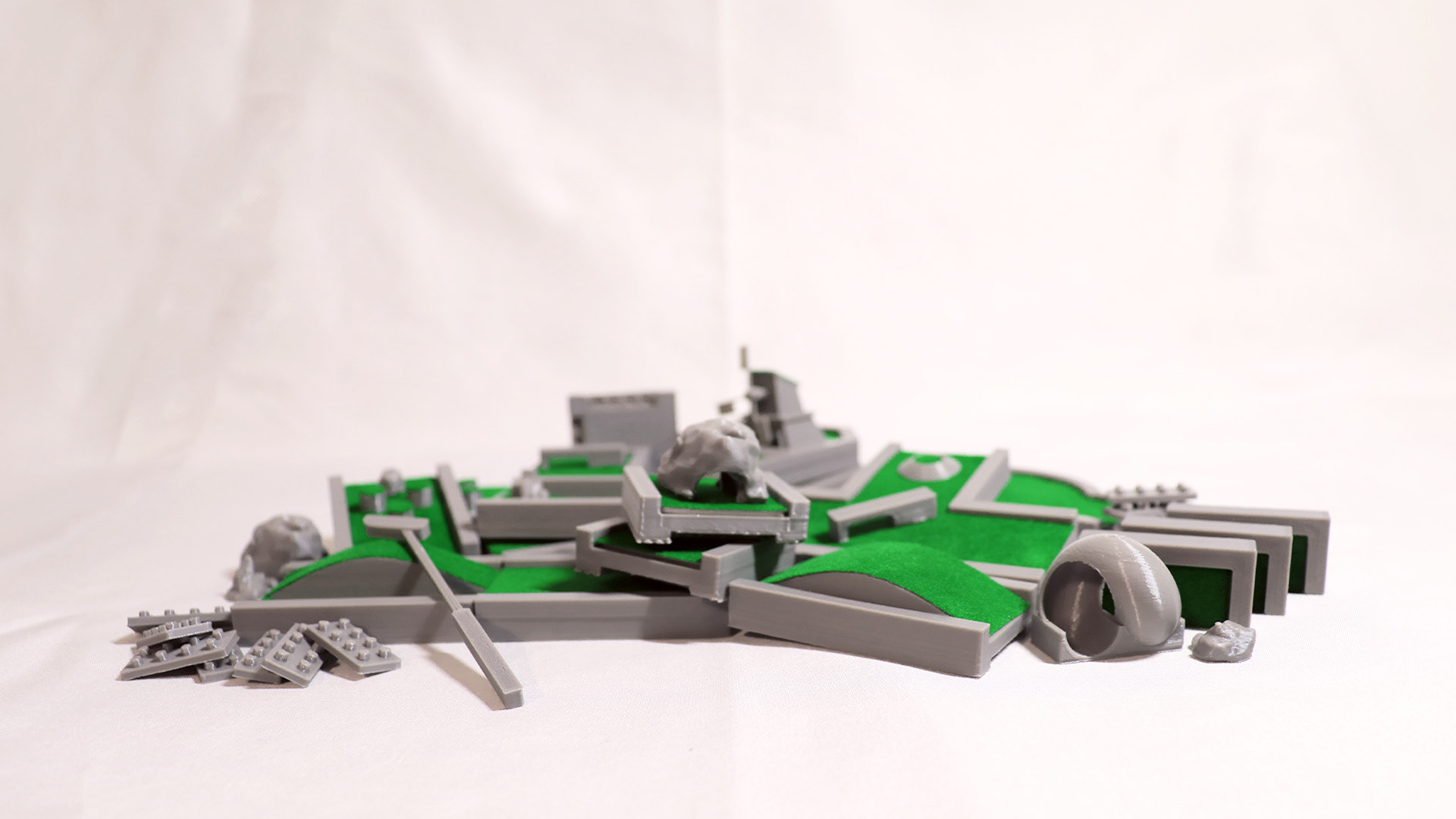
Full Set

Course Pieces - Top View
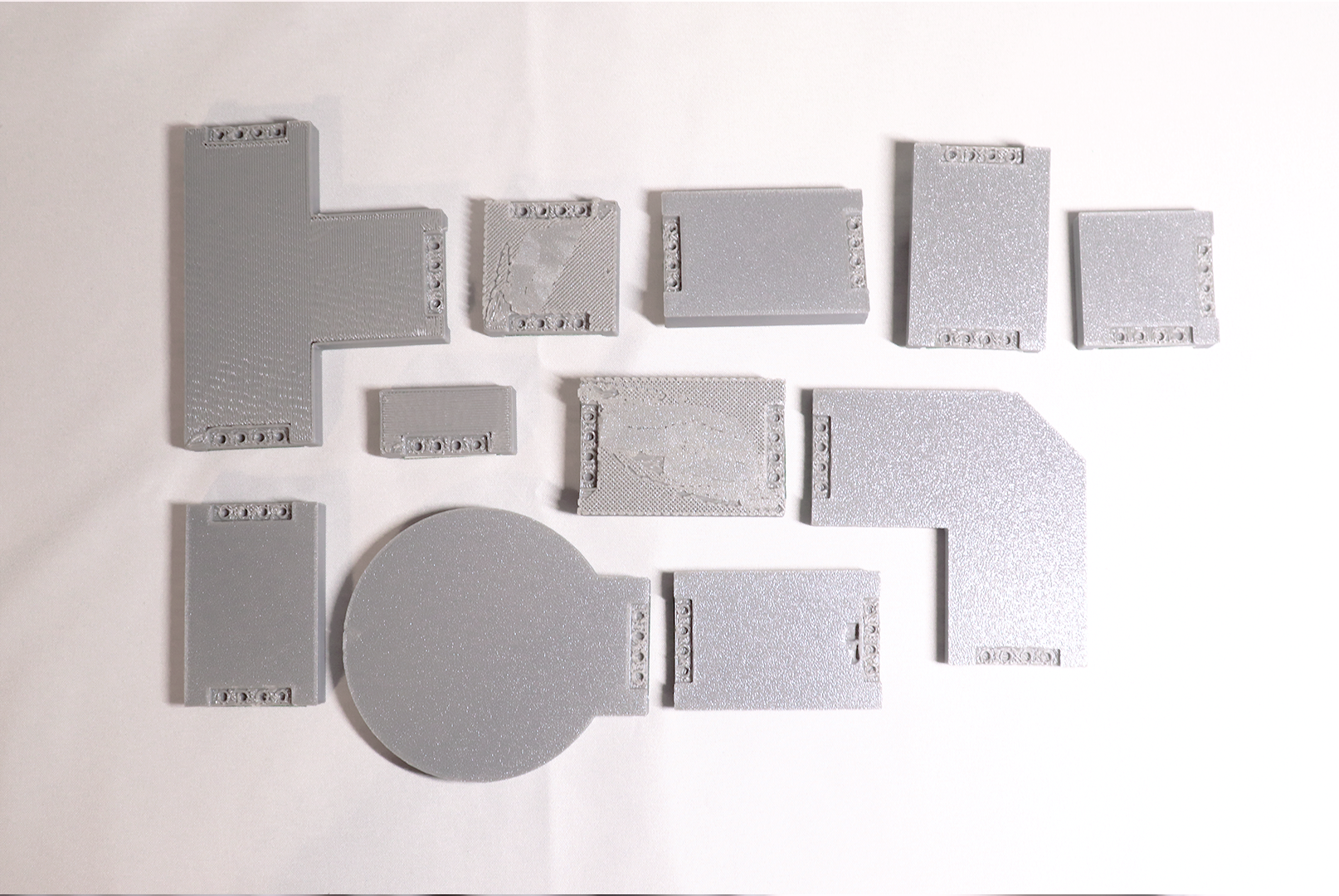
Course Pieces - Bottom View

Materials Close Up - Metal and Felt Layered

Joinery System - Together
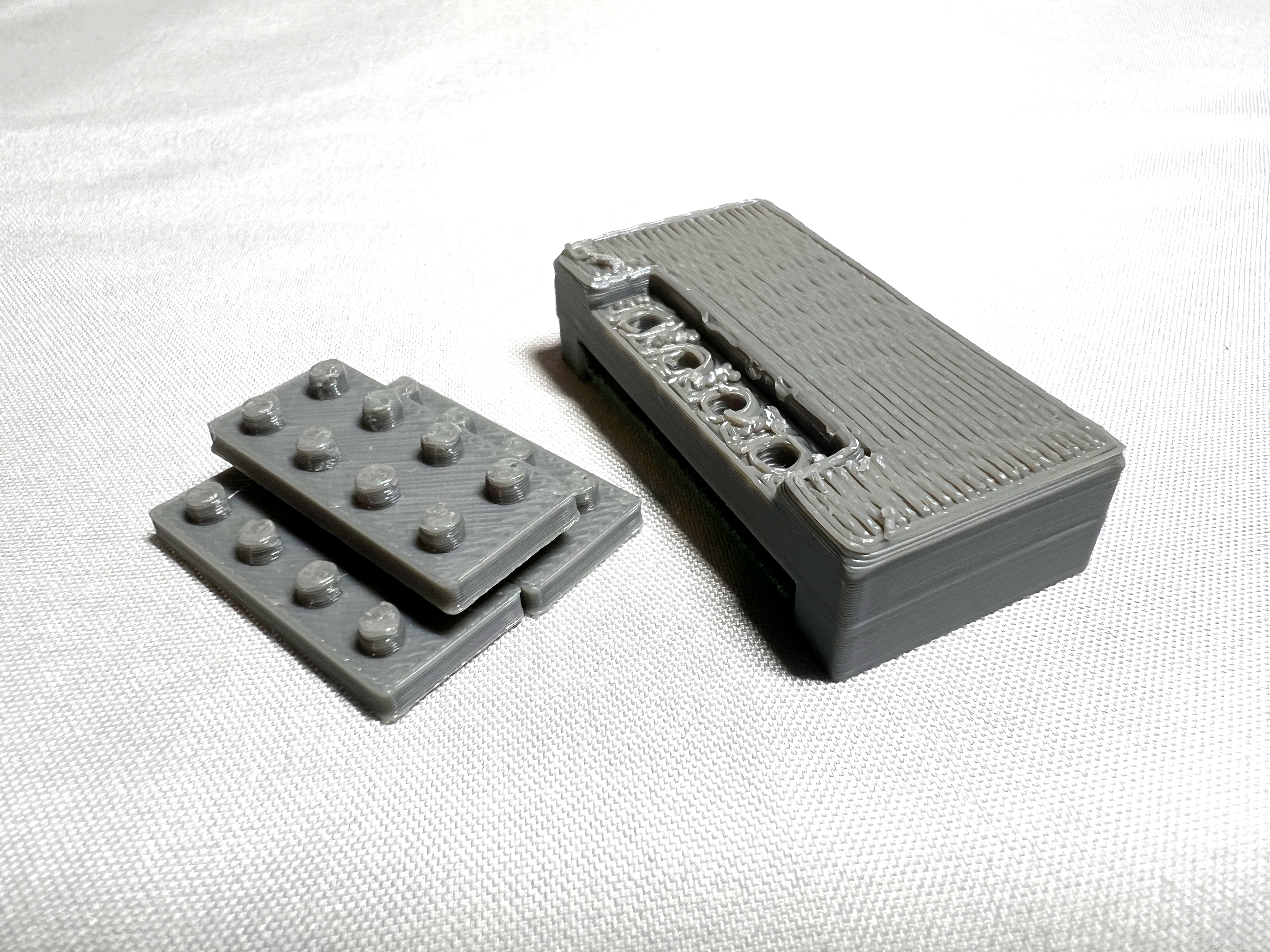
Joinery System Pieces
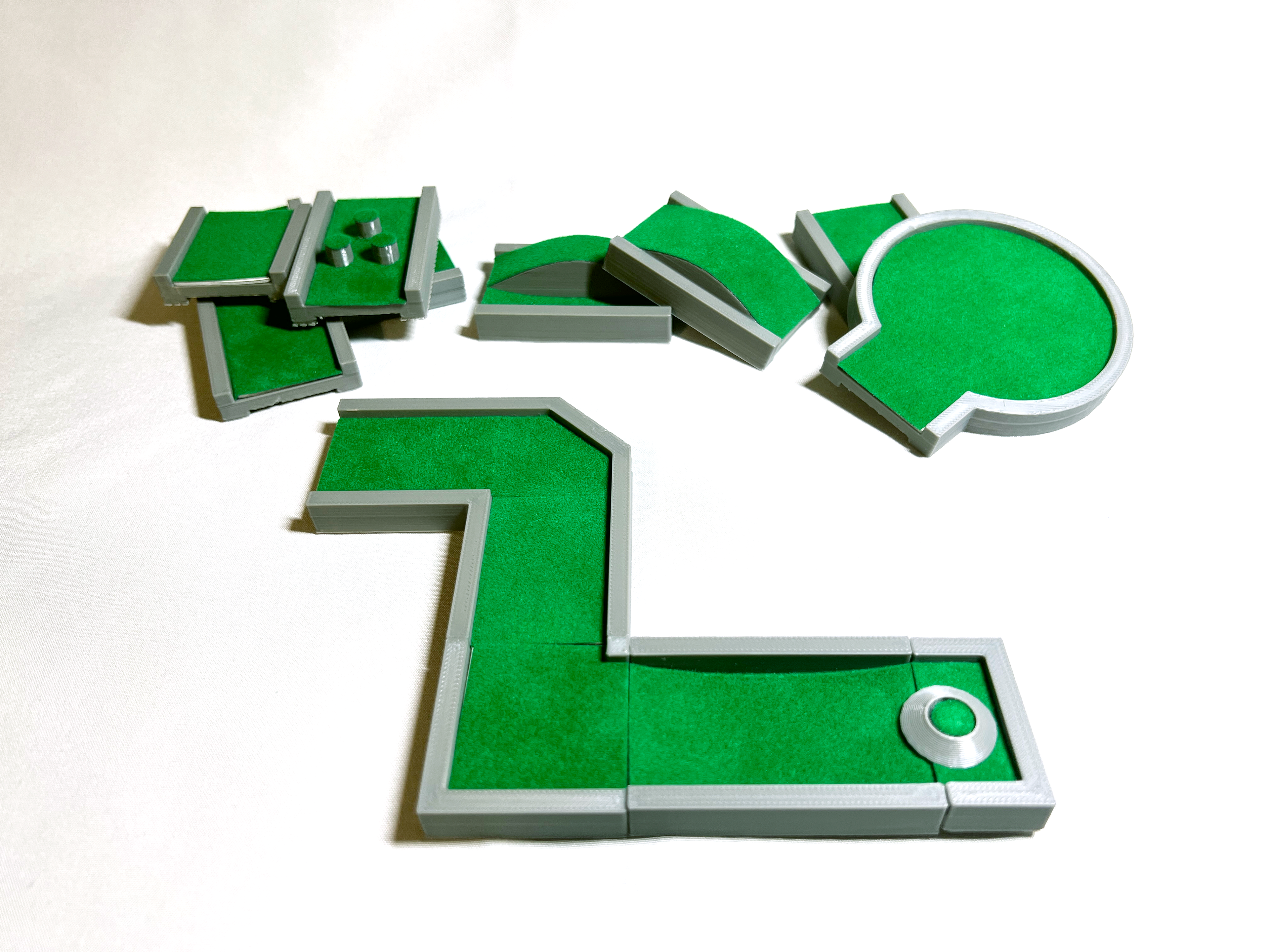
Modular Demonstration Part 1
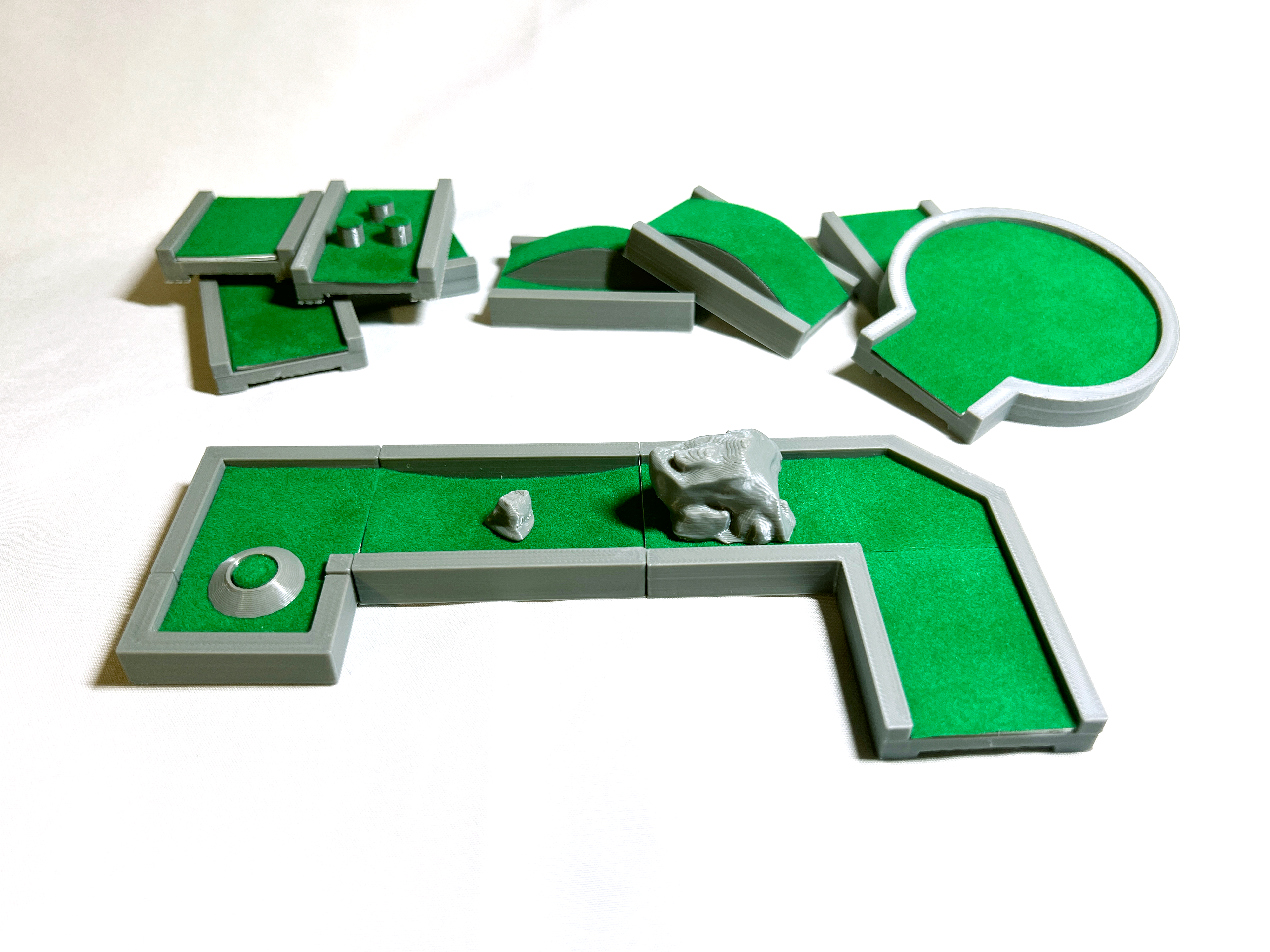
Modular Demonstration Part 2
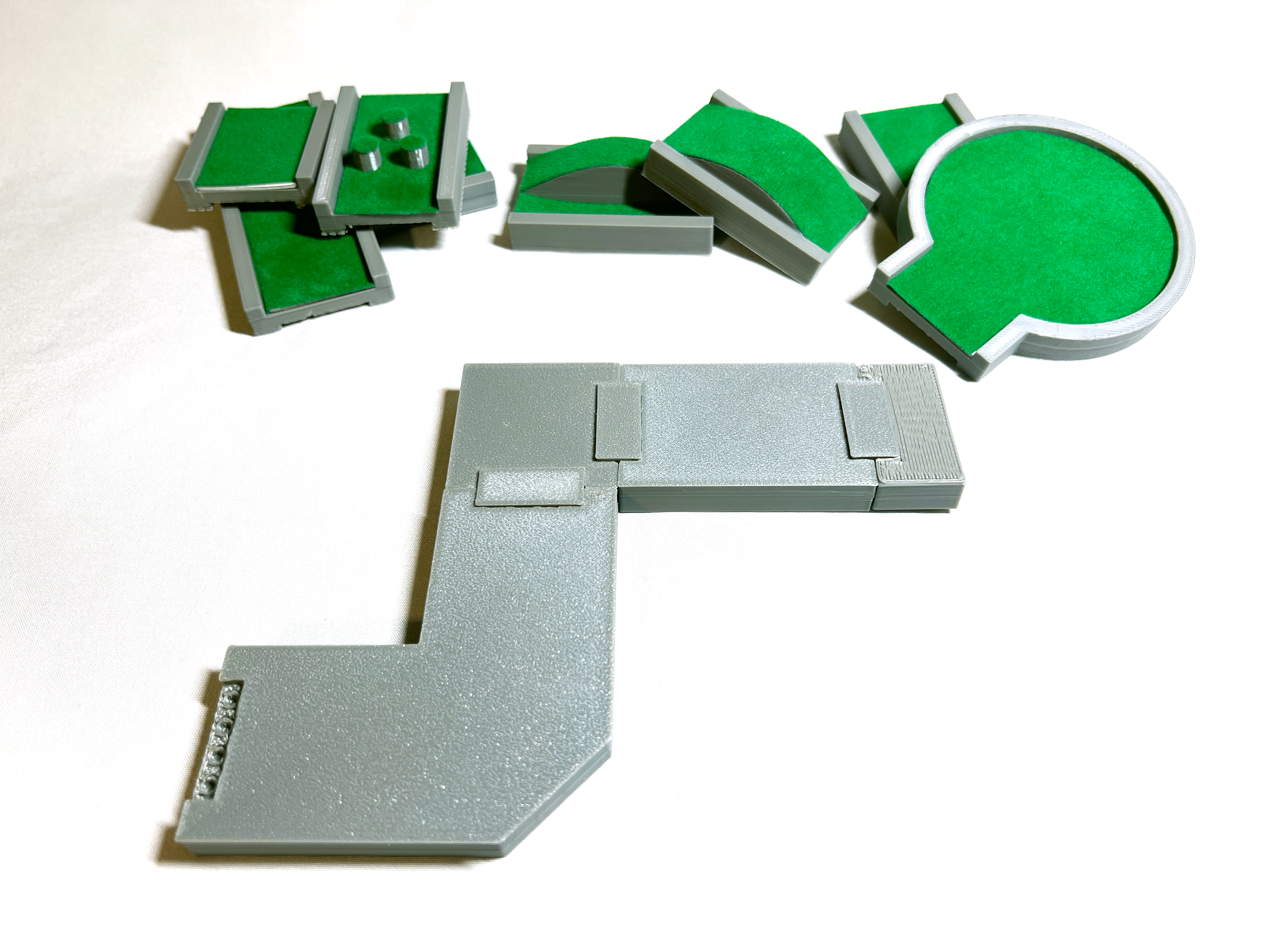
Joinery Demonstration
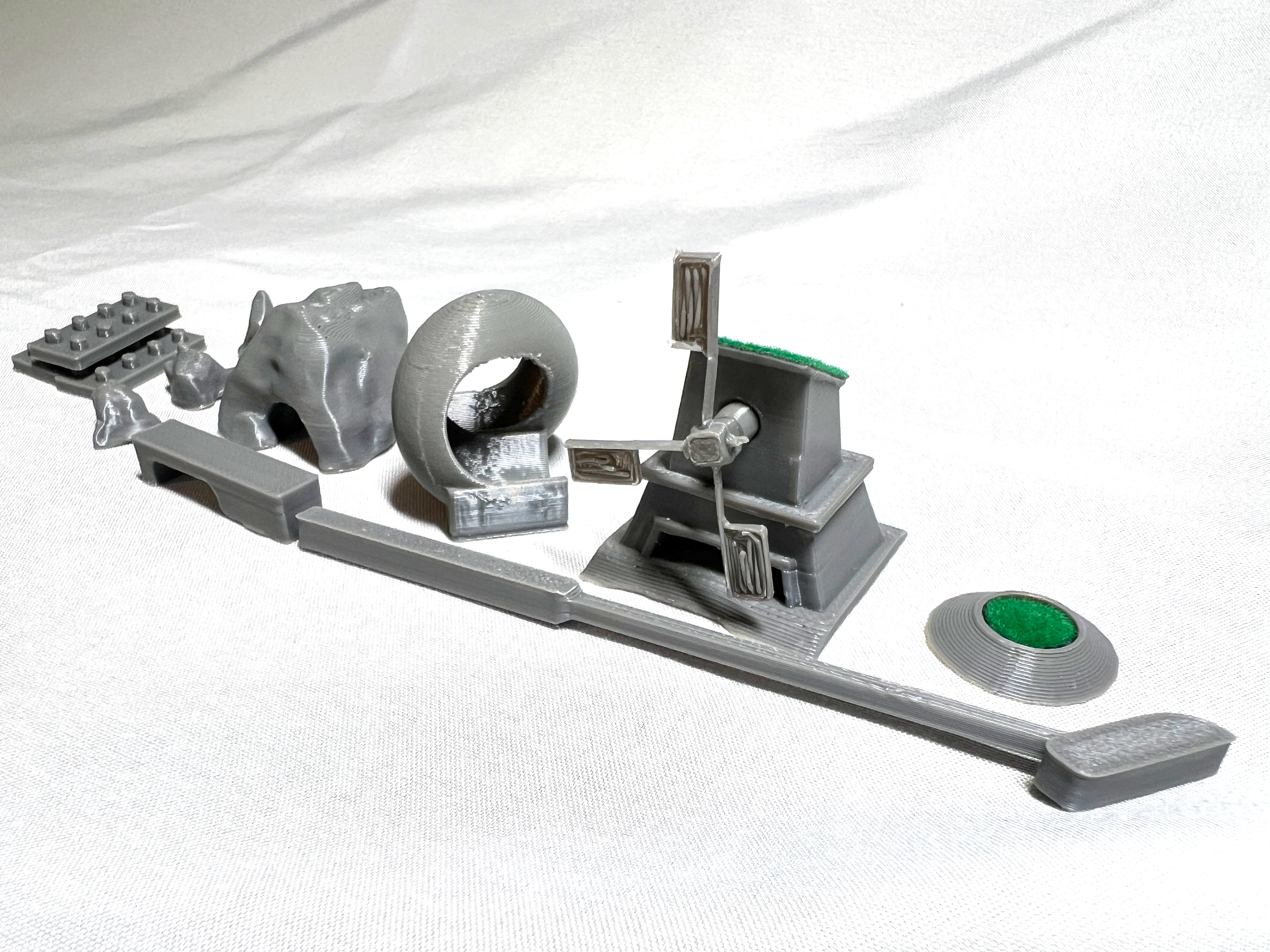
Obstacle Pieces
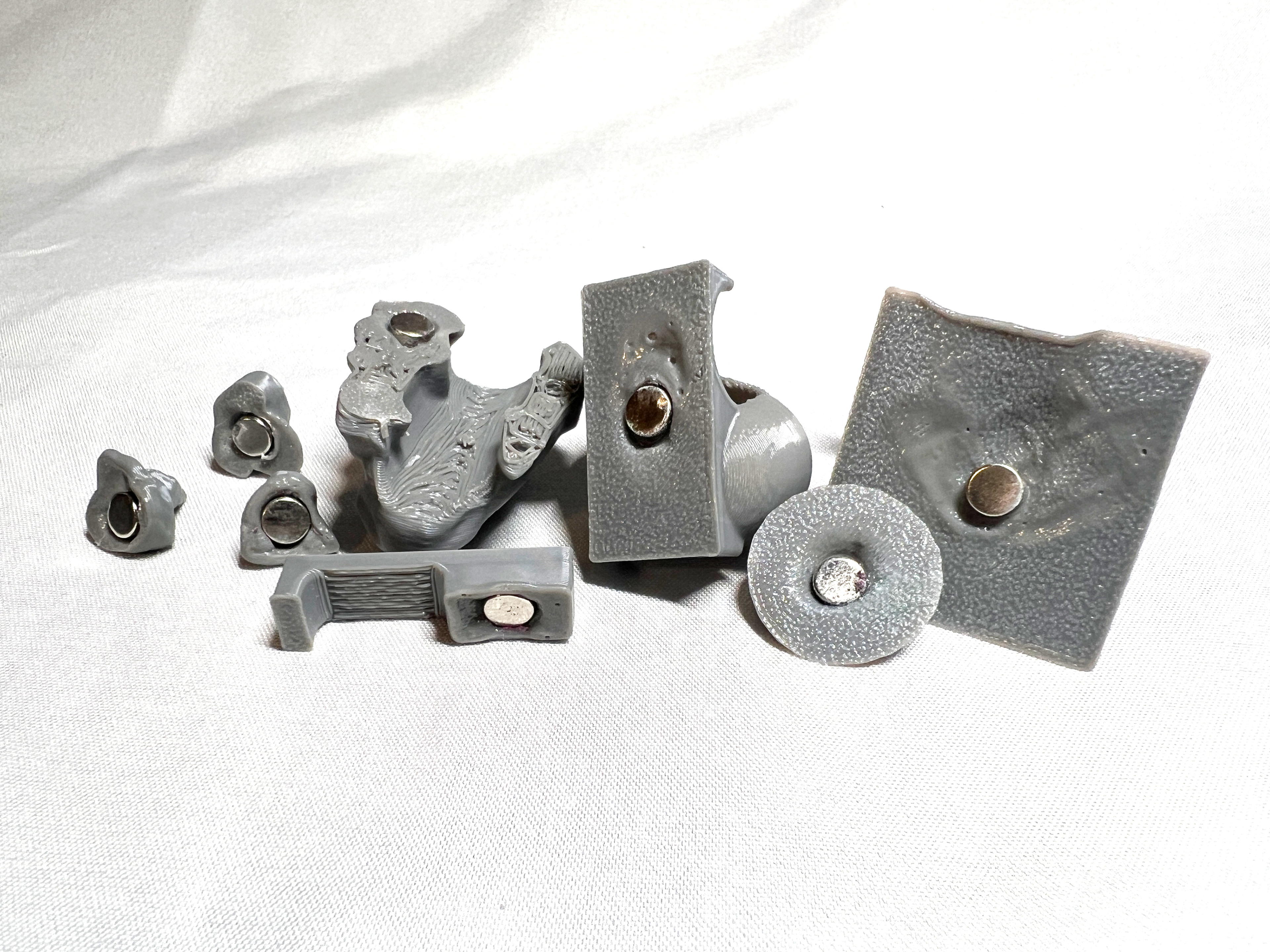
Obstacle Pieces - Embedded Magnets
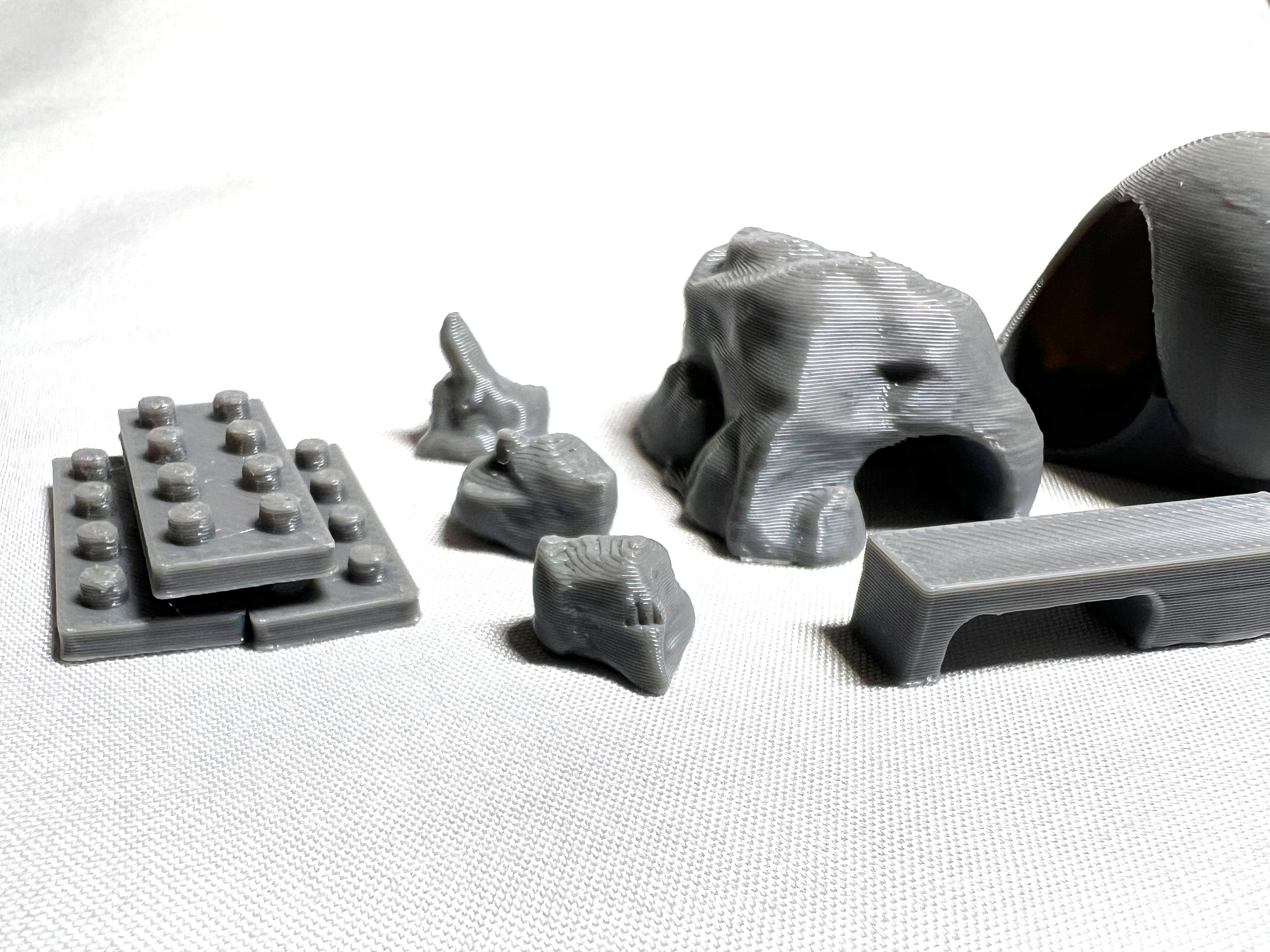
Obstacle Pieces Close-up
Brief Research Overview
Miniature Golf gained popularity due to it being a “cheap and frivolous diversion in a time of economic cataclysm” and war, and in that sense, right now is no different. Just as the Taylor Brothers created prefab kits to send overseas for US GIs to play during the second world war, portable mini golf has the advantage of meeting people where they are (both literally and figuratively). This mobile business aims to preserve this pastime while meeting one of the greatest desires people have today — personalization and customization.
Current minigolf industry:
- simultaneously exploding and dying (local vs. Industry)
- modern industries are using mini golf as a support to their bar and restaurant scenes.
- slowly killing the magic and nostalgia
SWOT analysis summary of competitors:
- Majority of the mobile golf businesses have poor branding and identities resulting in a lack of credibility and reach
- Majority of the offerings are either very basic straightaways with obstacle options, or built from scratch for a specific request.
- Many of the companies still have a “family-owned and operated” appeal.
- The idea of mobile/modular mini golf already exists, how am I going to stand out and make this different? There is no product available for rent that is quite as personalized.
Concept & Design Process
This section outlines the process and experimentation I underwent while developing this idea into a real prototype
some qualities or ideas sparked by these exercises:
Folding systems can ship more compact (can think about pop-up book style obstacles as well). Using lightweight layering to add depth to the course. Simple shapes create complex module systems effectively. Potentially use magnets underneath to easily move obstacles wherever on the course with the metal under the turf.
Lego Experimentation:
Placing obstacles anywhere on the course and having them be sturdy
Interlocking panels may be more achievable than a plug and socket
Edge bumpers could fit into the interlocking shape to create smooth edges

Sketches
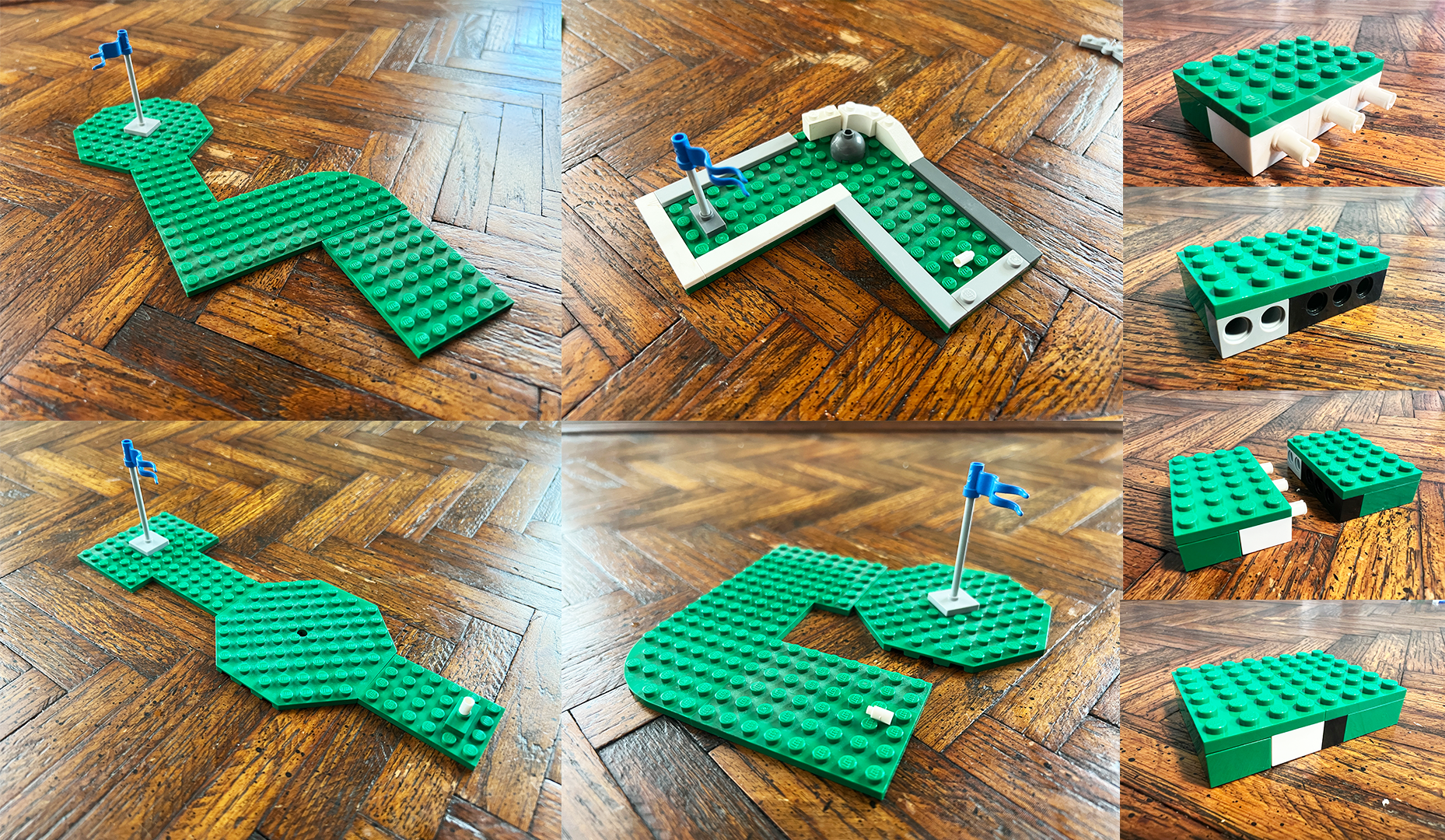
Lego Experimentation
My initial tests included an Illustrator to Maya SVG workflow, SketchUp, and Ai. While promising, the limitations or learning curves were too costly.
After reevaluating what my goals were, I decided 3D modeling was not a crucial element for what I wanted to contribute to. I wanted to have more creative control and flexibility without technical constraints. Because of this, I am partnering with Diego Romero who is using a procedural tool he built in Houdini. This workflow will be optimized next semester, so for my proof of concept this semester, we utilized grayscale maps.

Illustrator Vectors
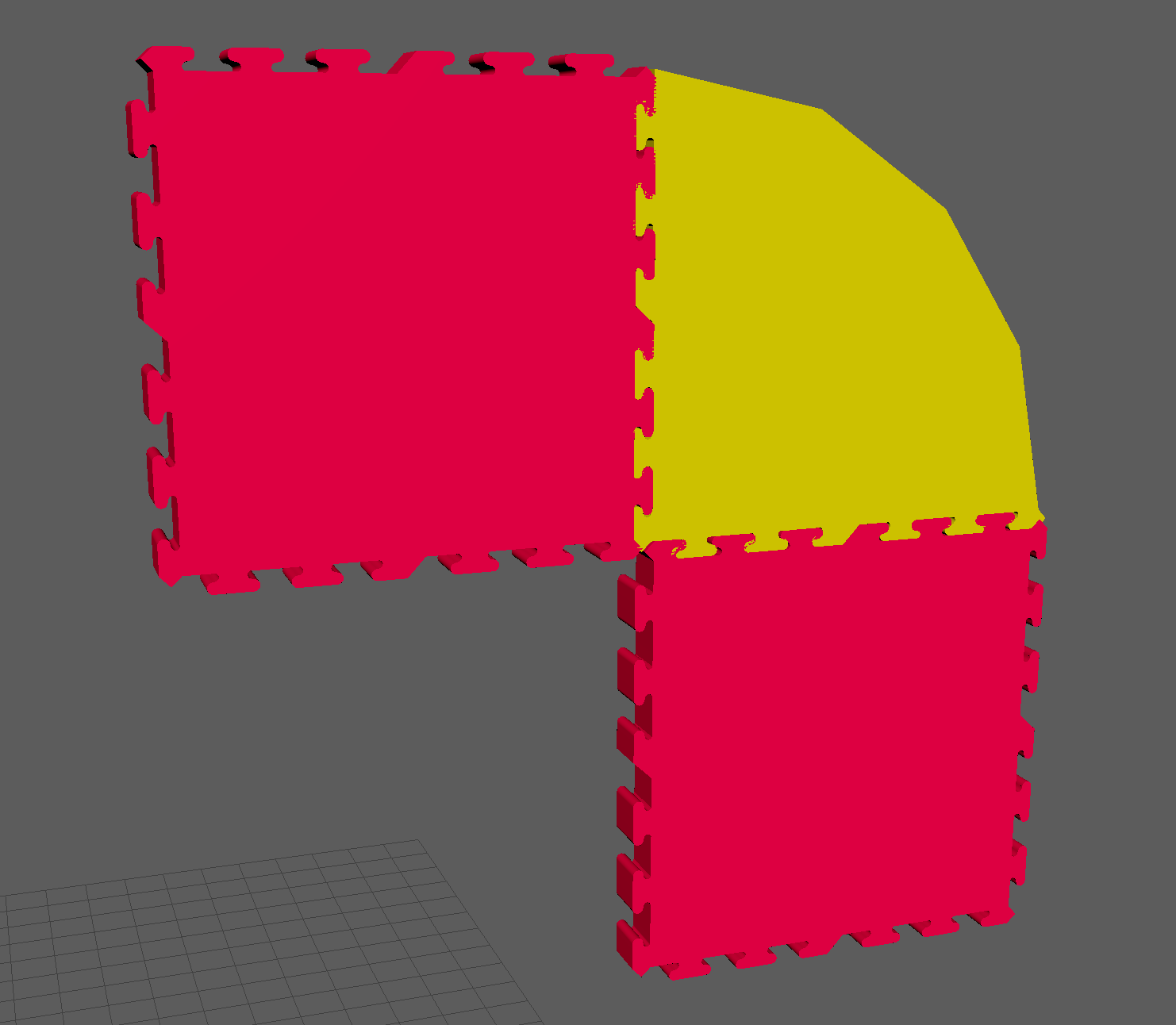
Maya SVG Extrusion
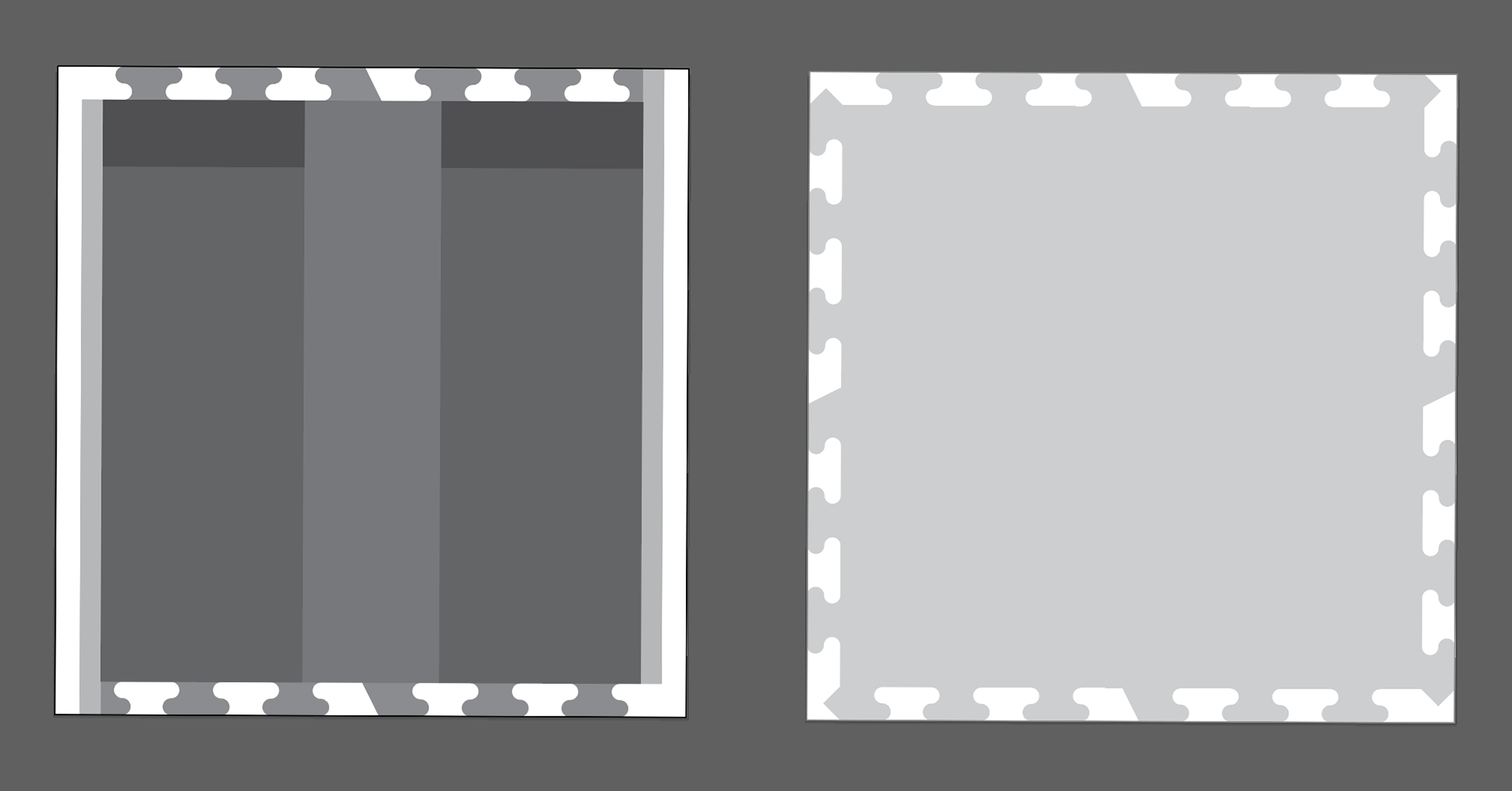
Illustrator Vectors

Maya SVG Extrusion
Prototyping & Development
After experimenting, I had my direction. I began acting as a creative director where I created dimensional concept sketches to begin.
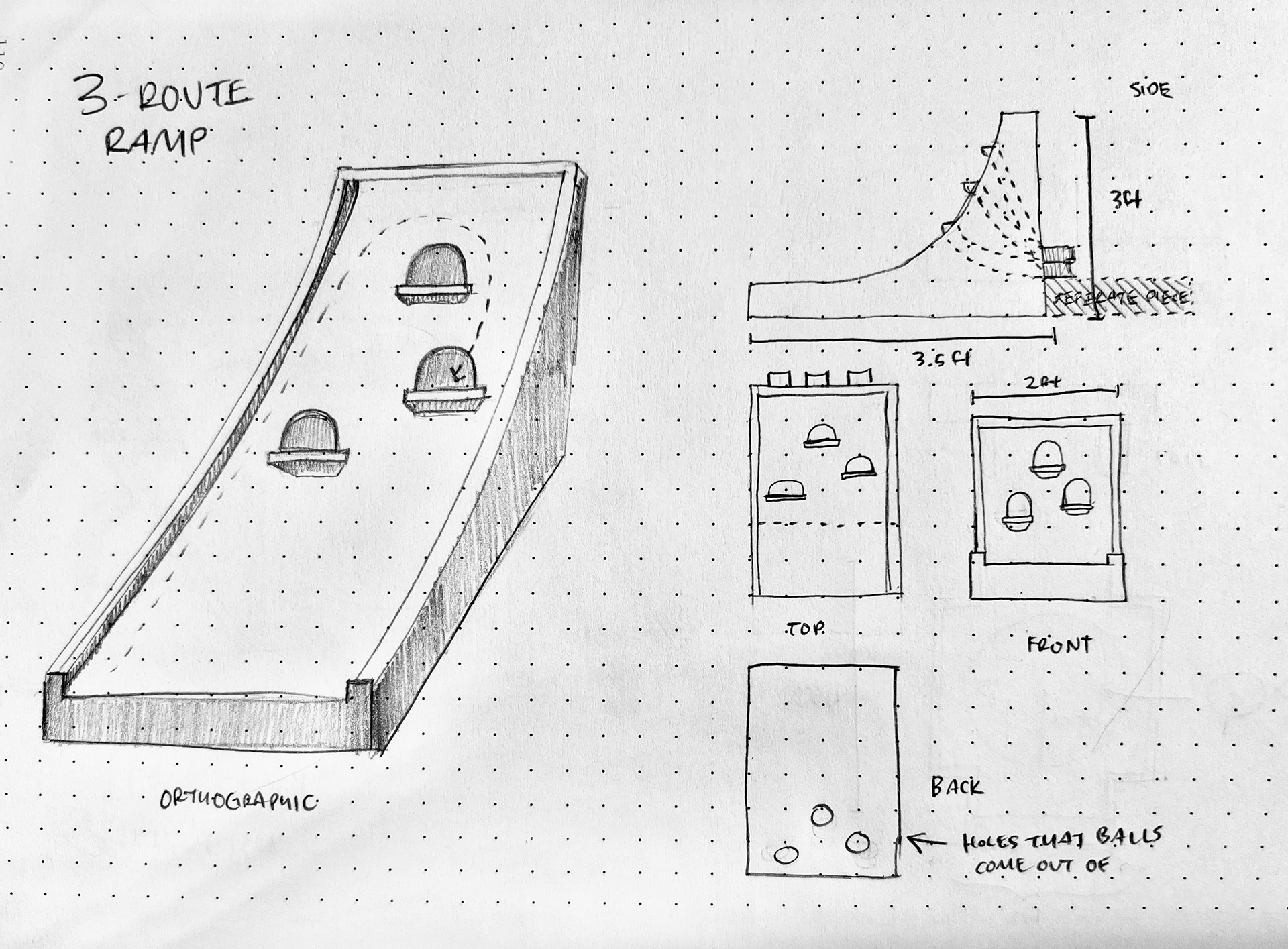
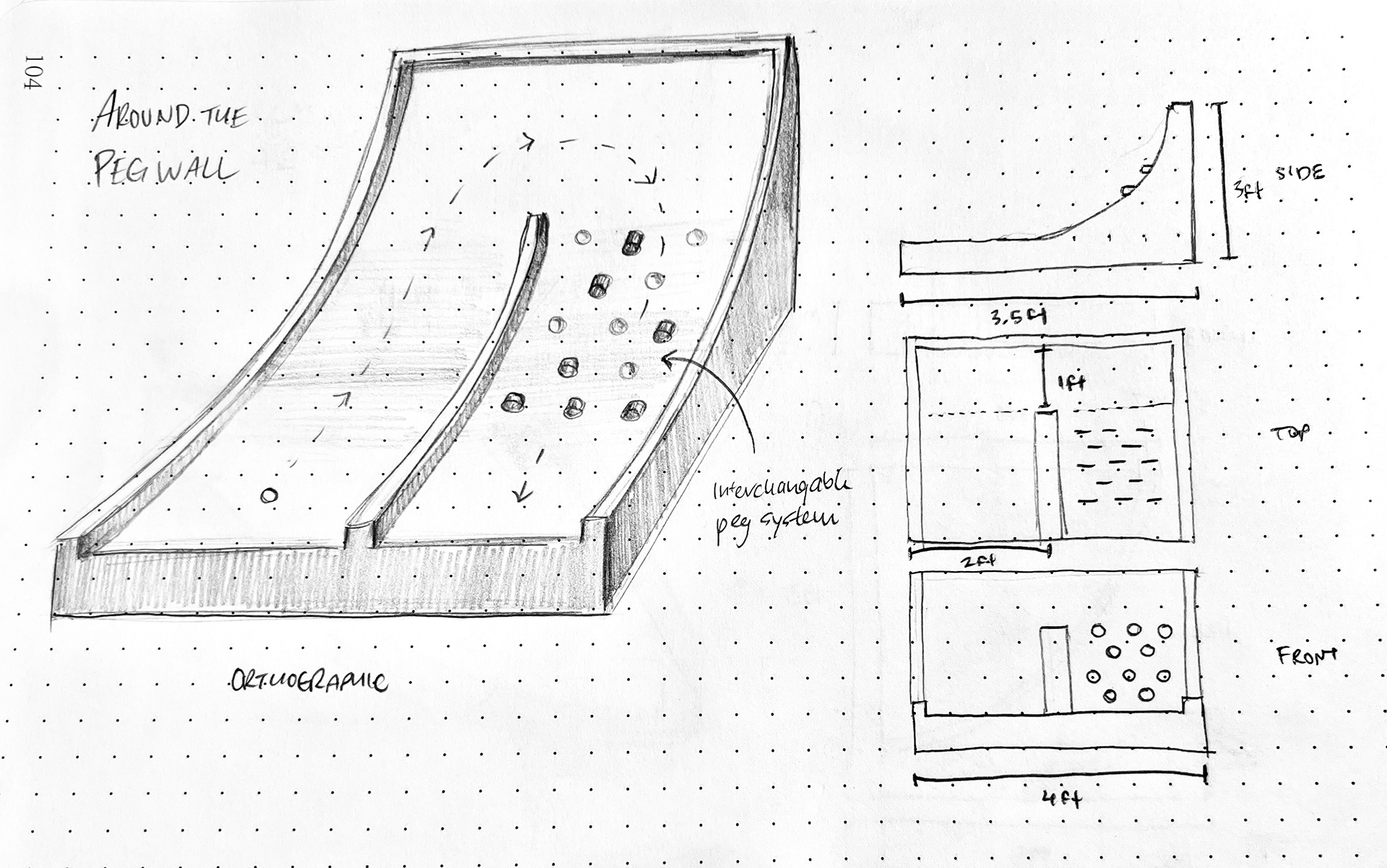
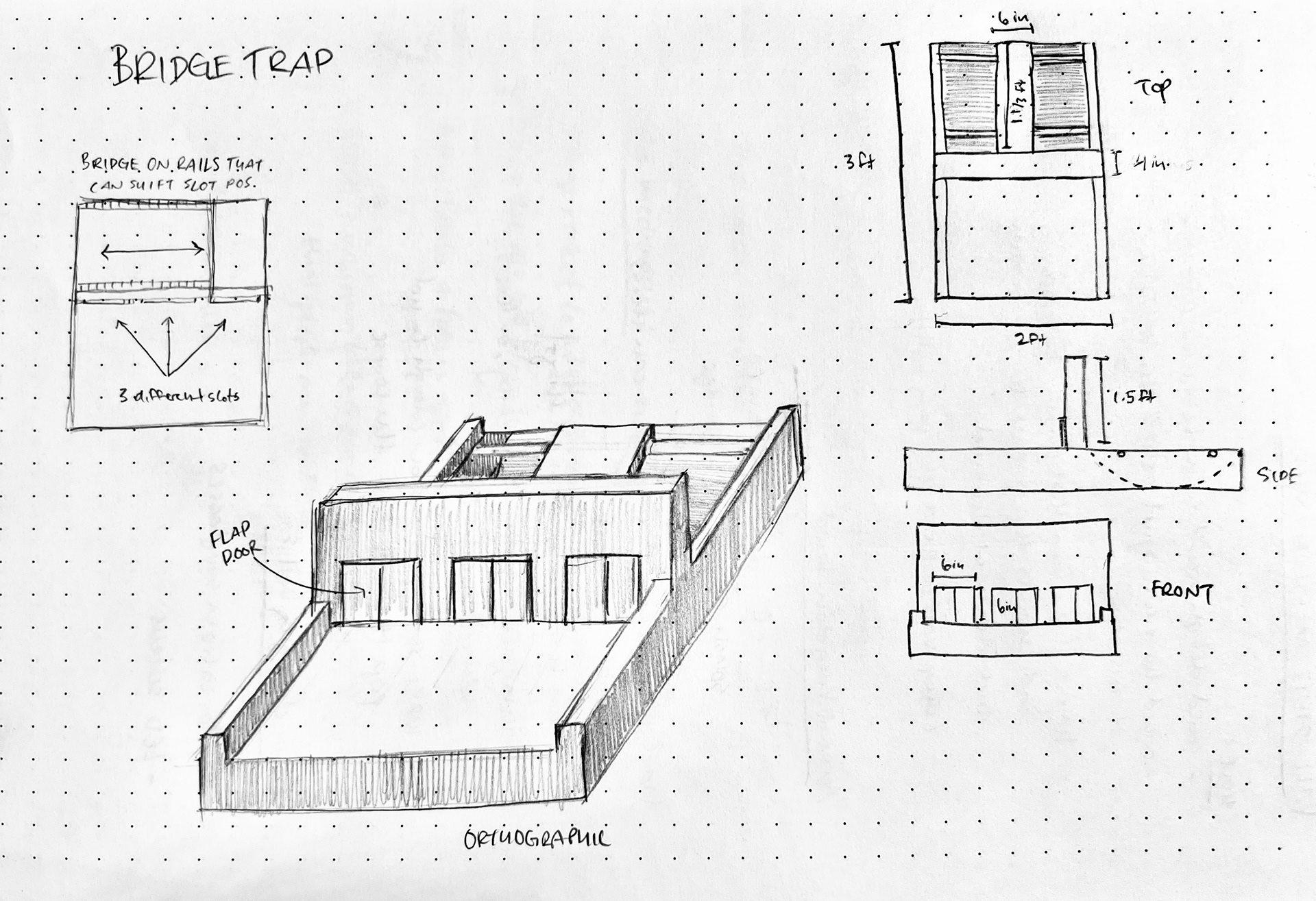
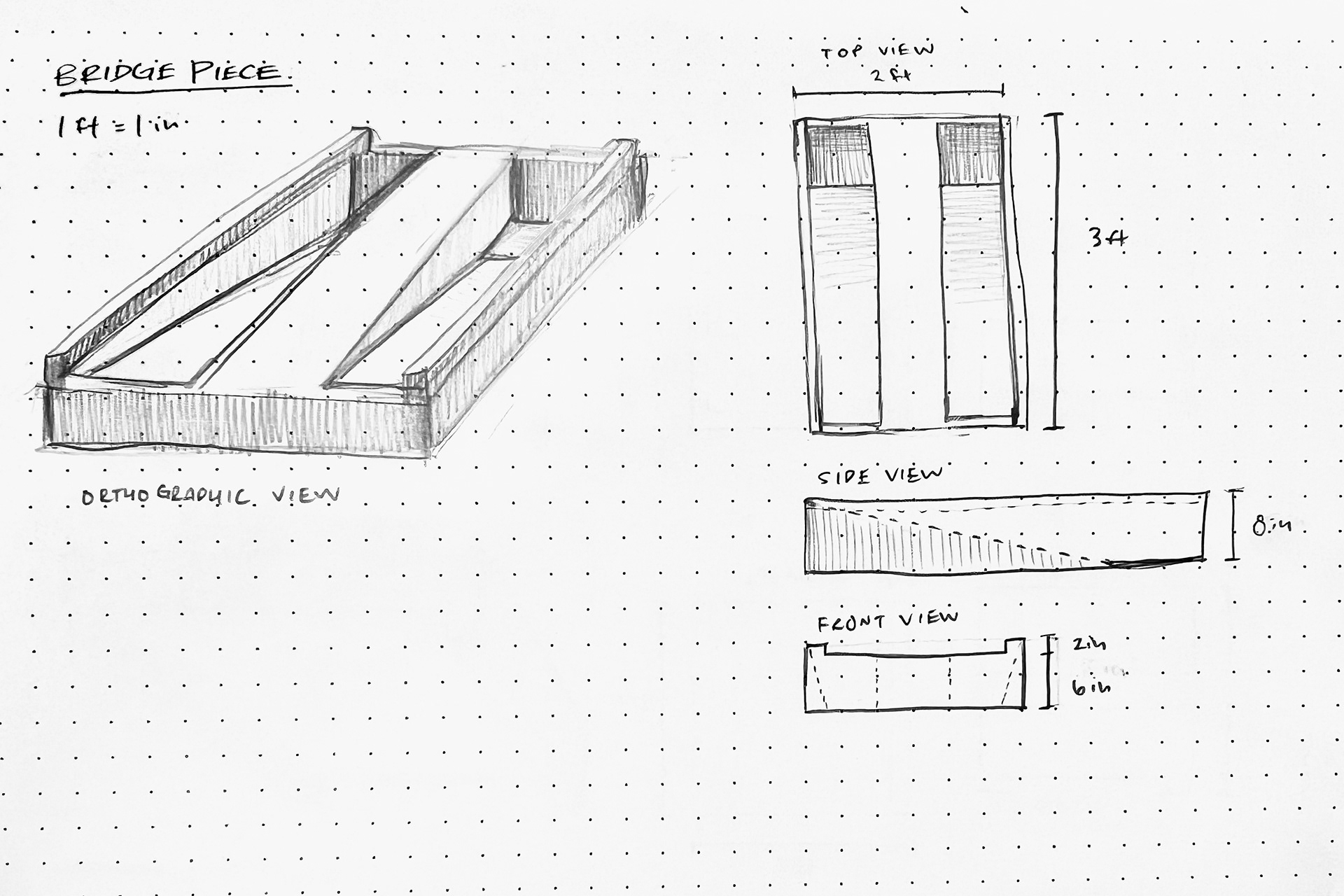
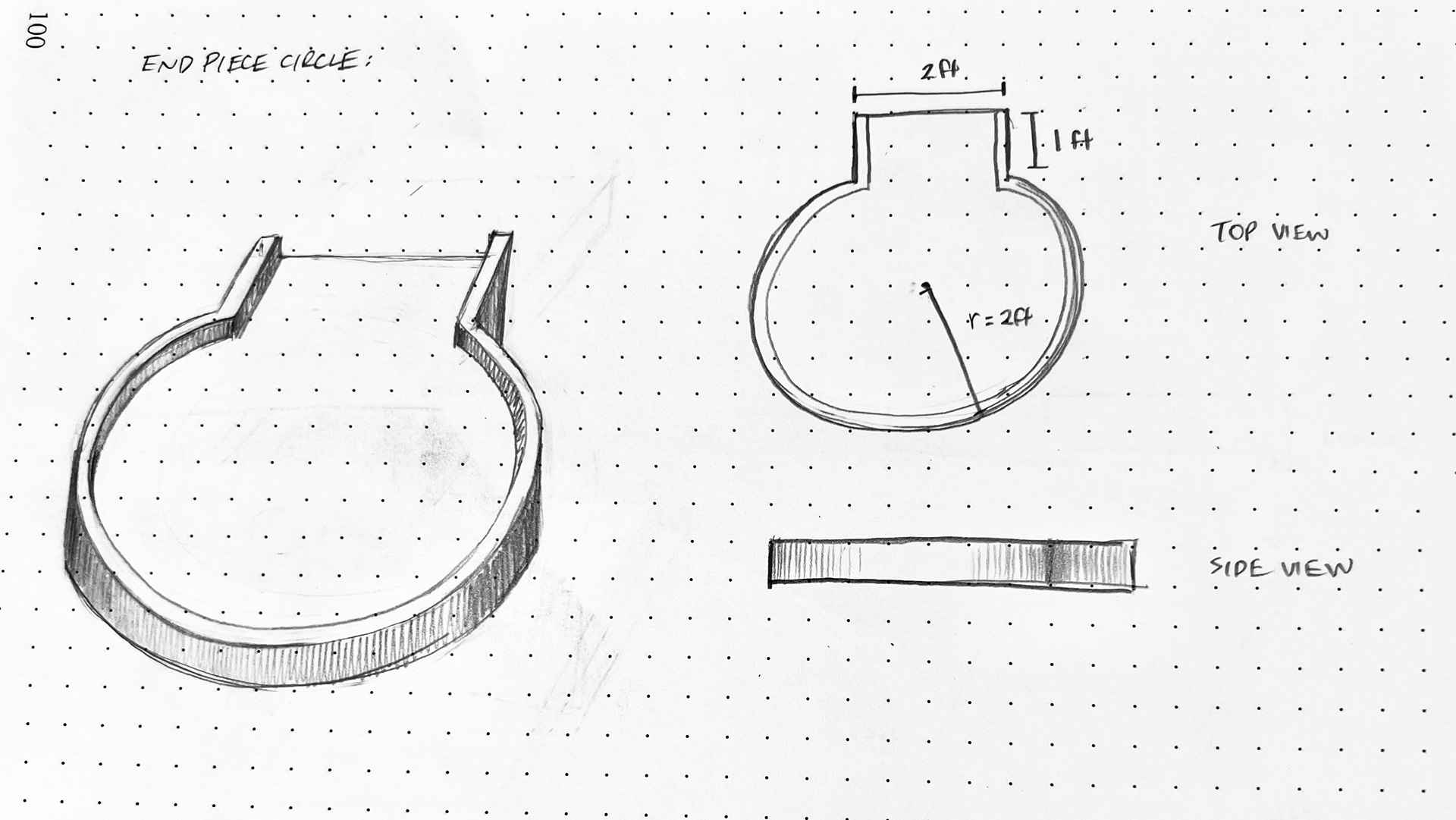
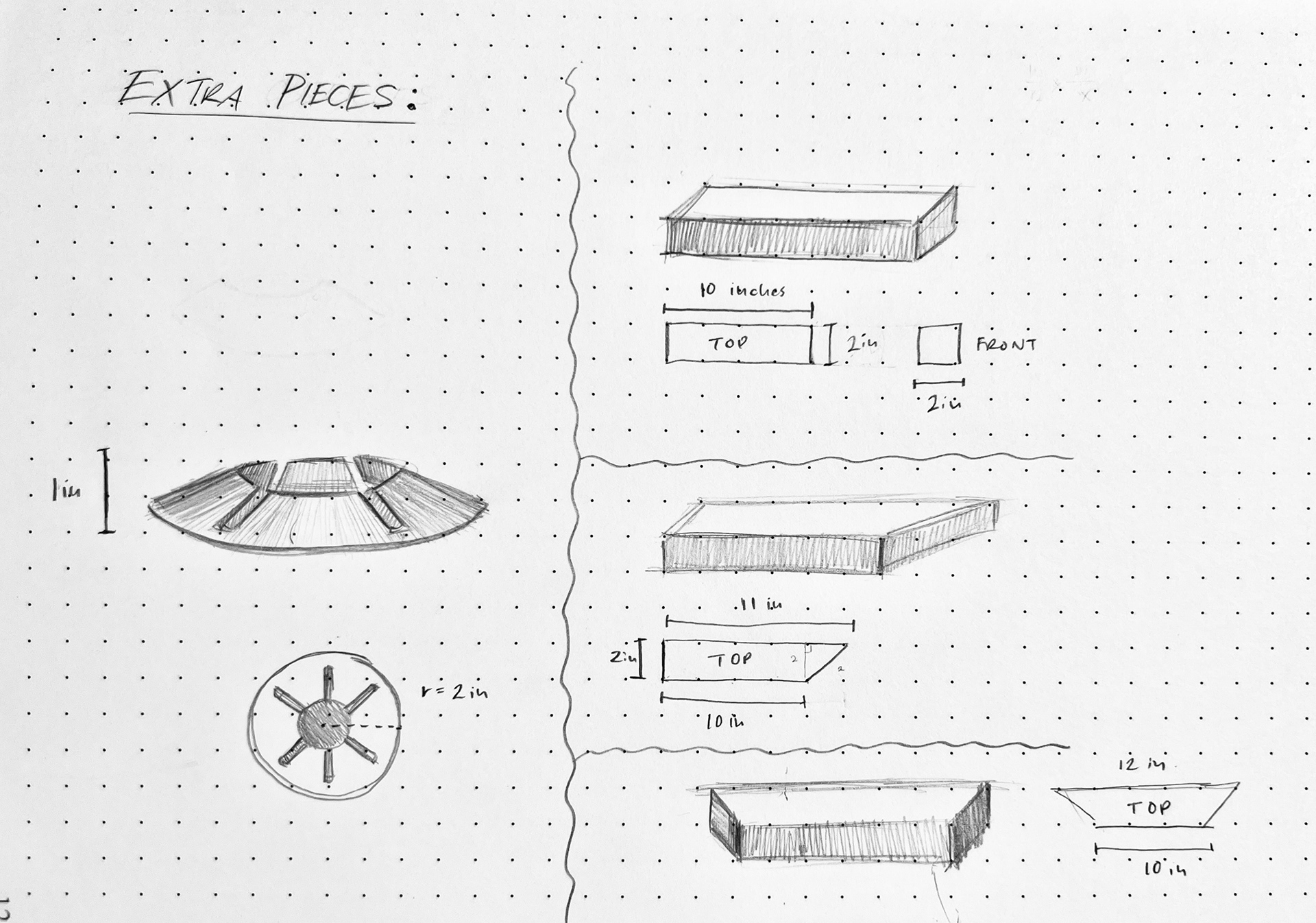
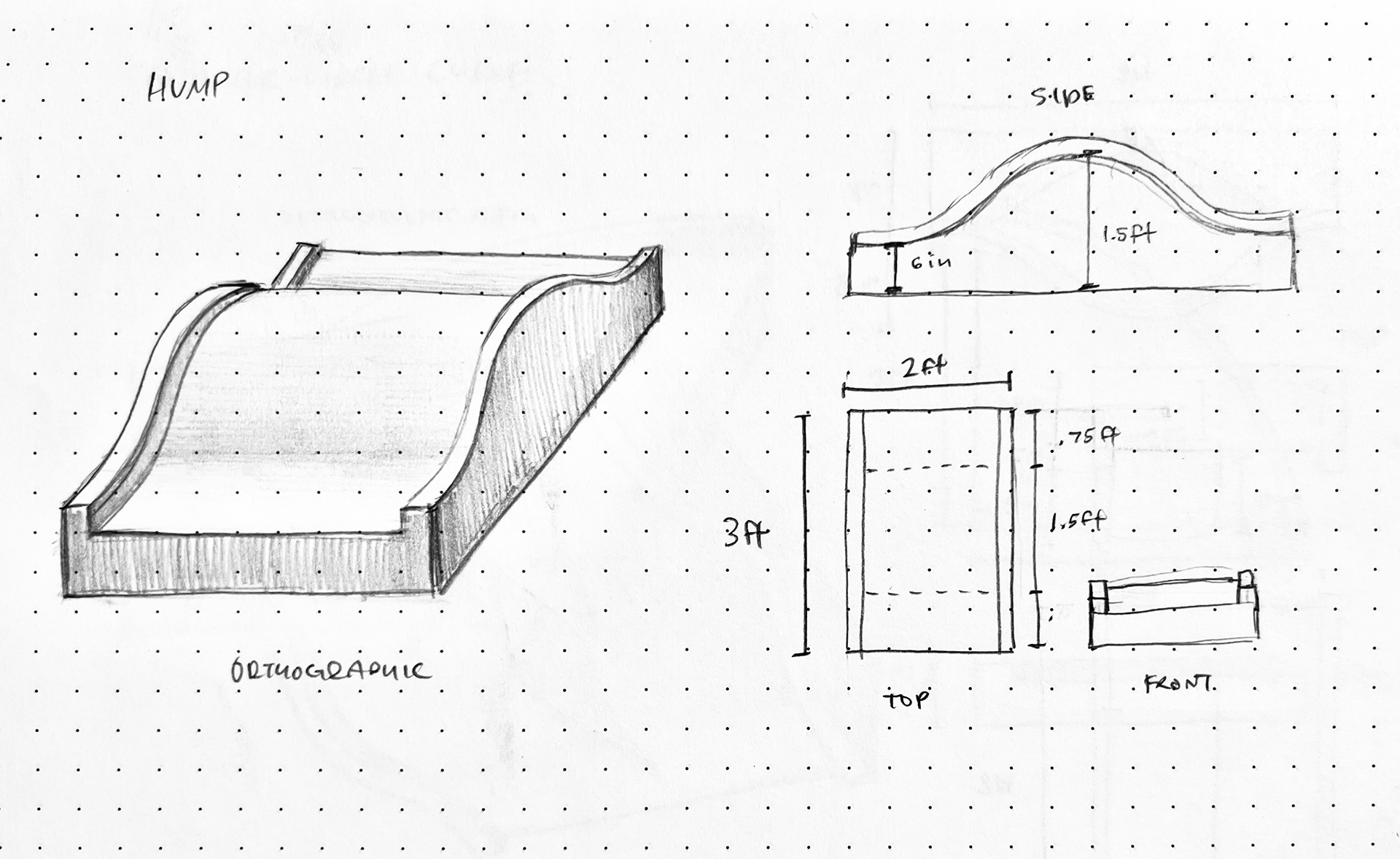
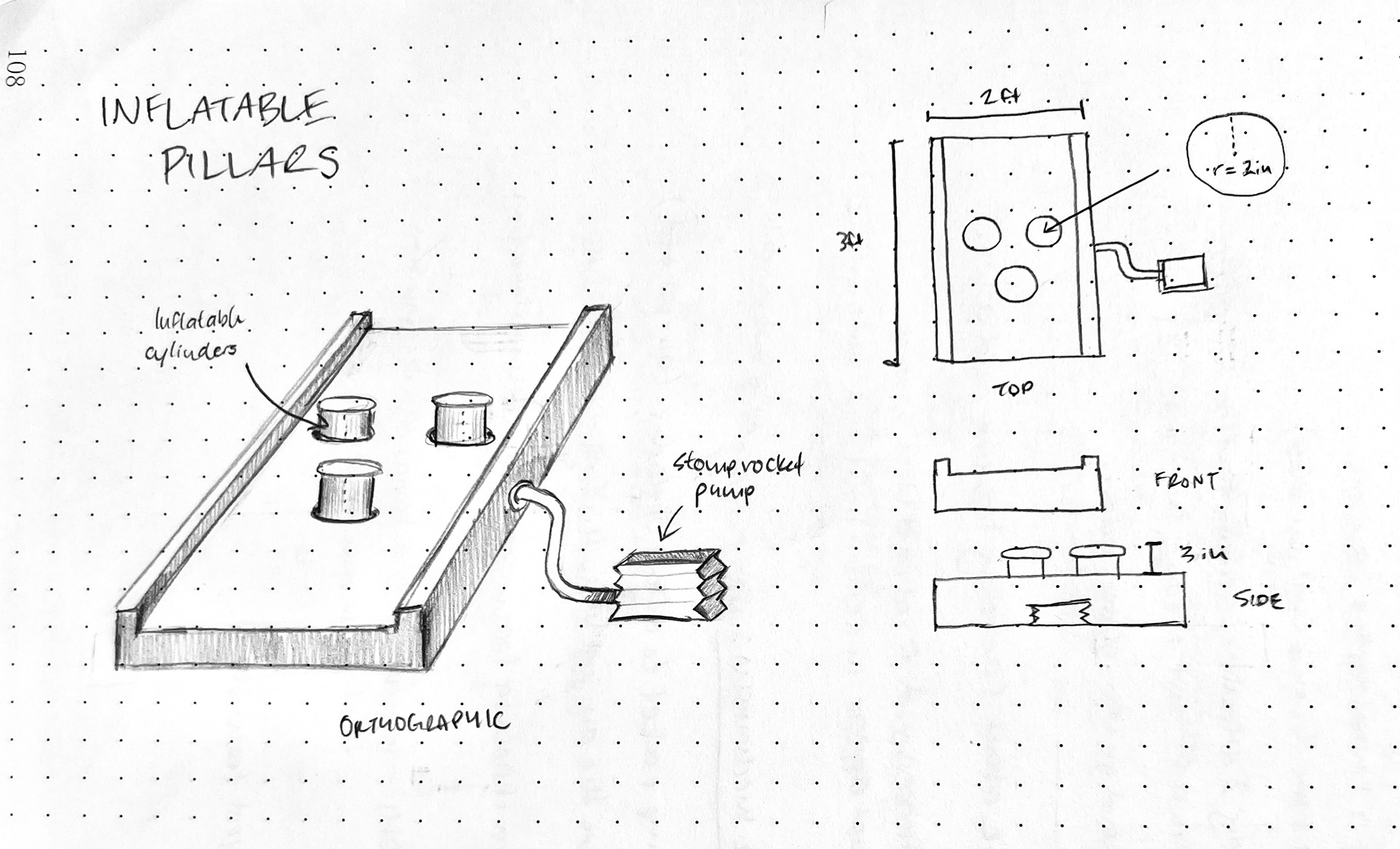


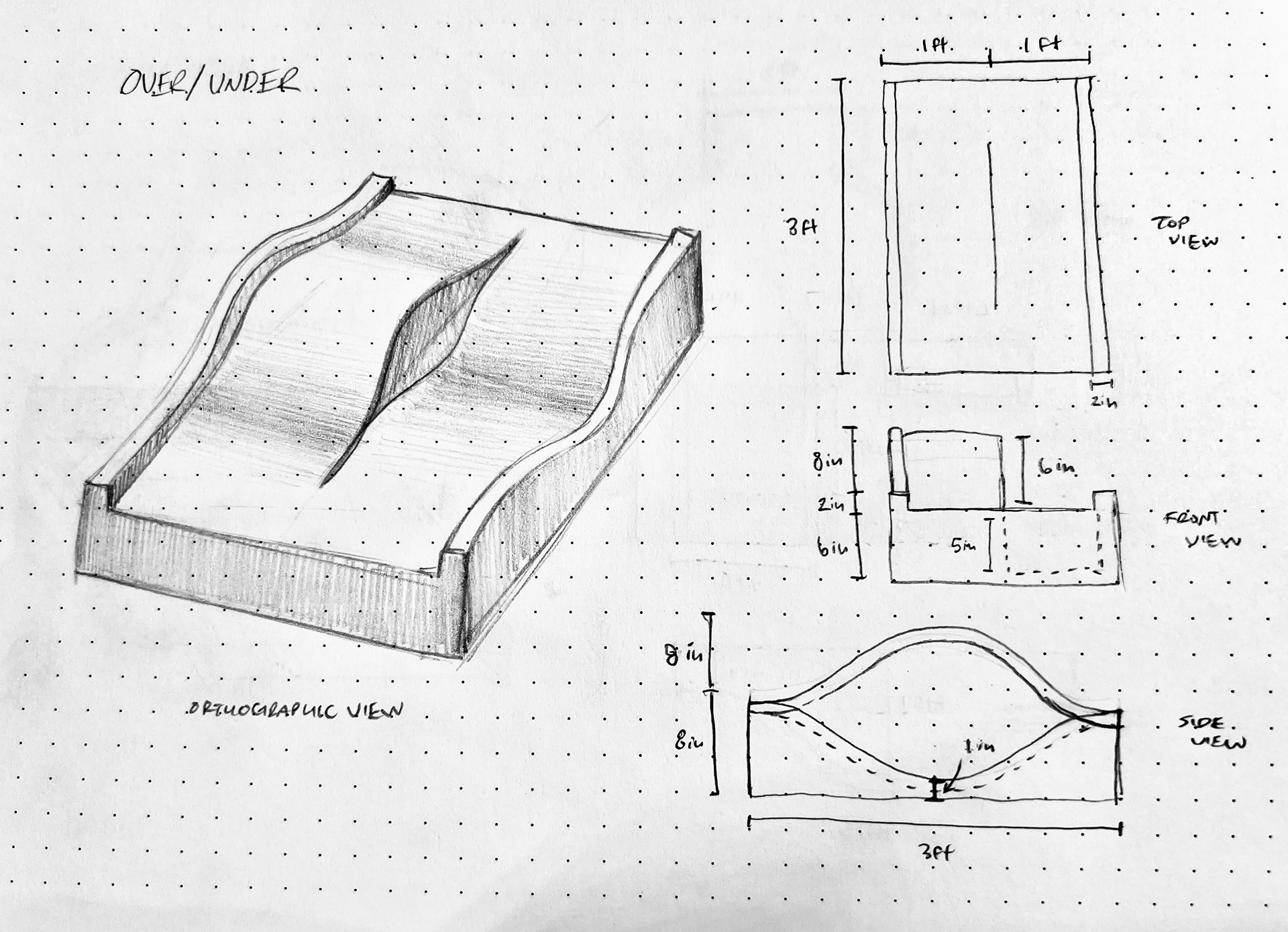
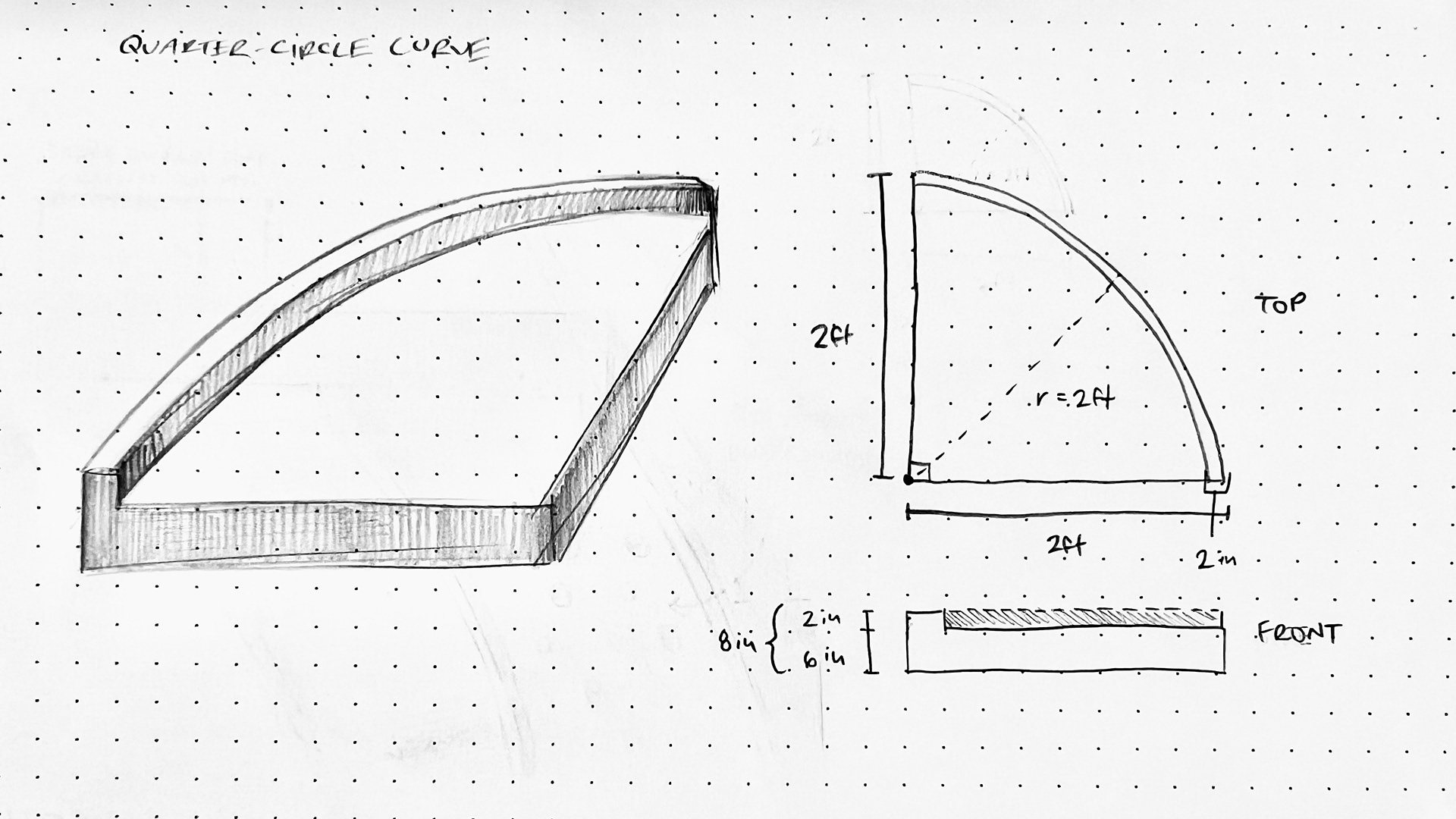
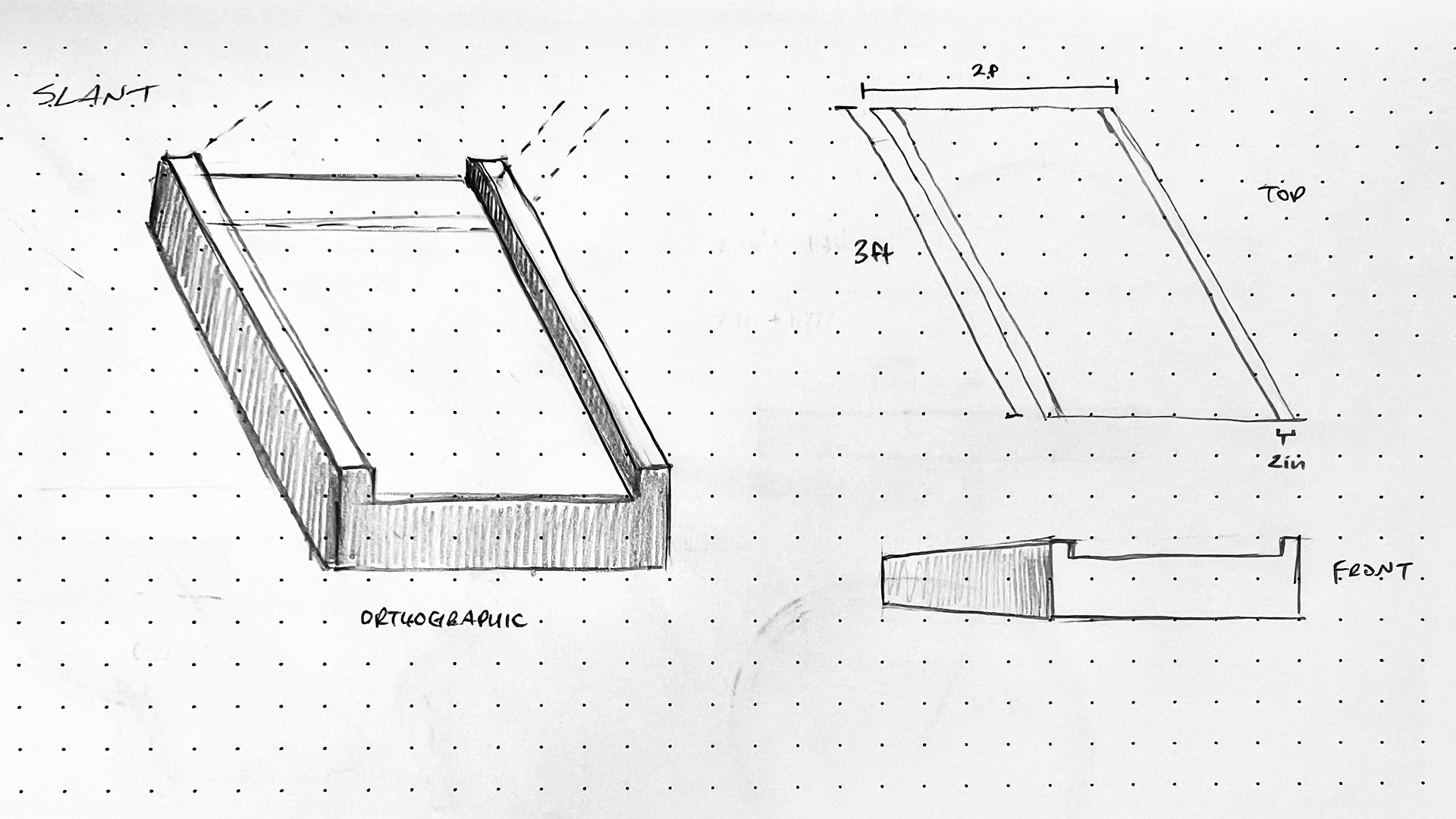

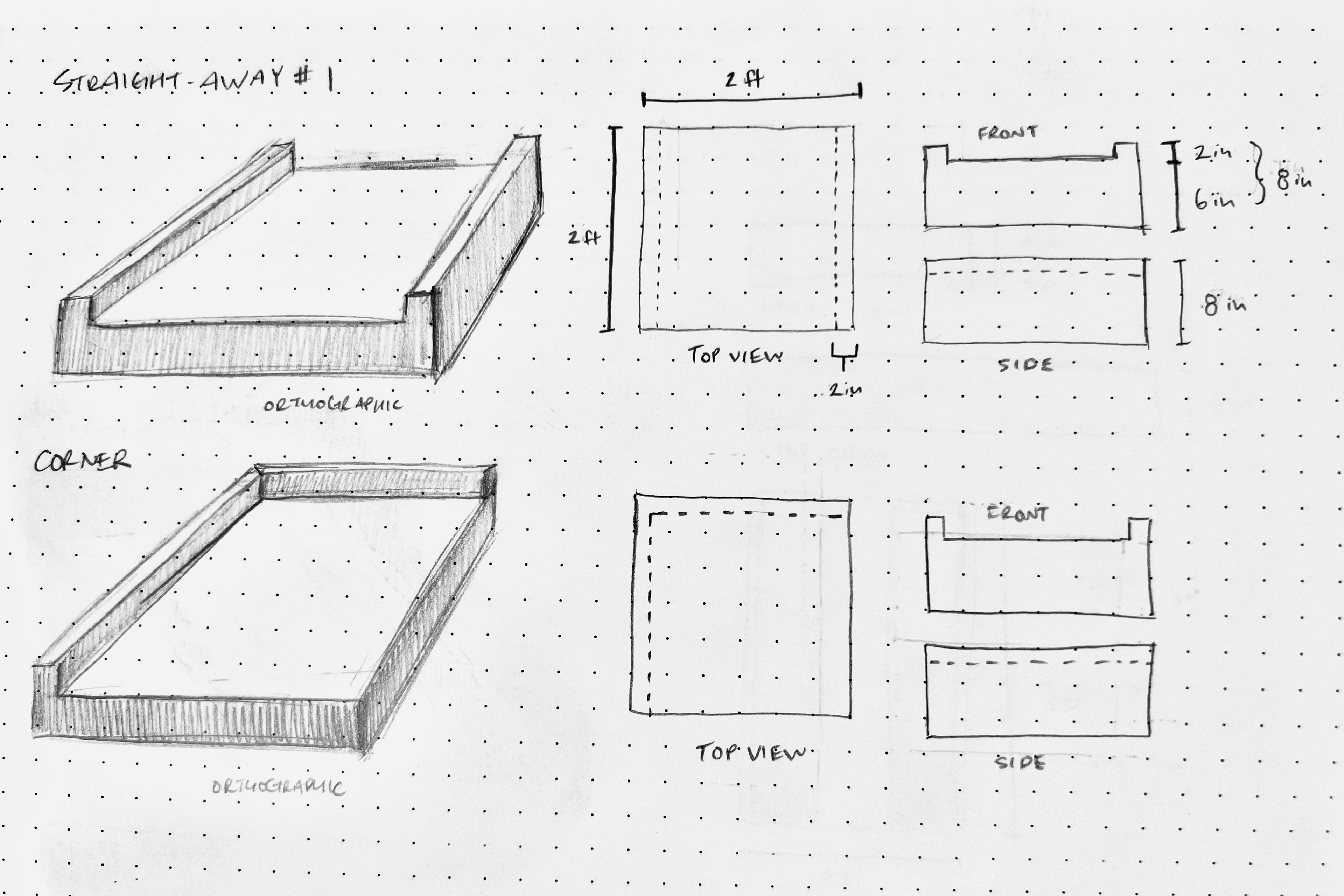

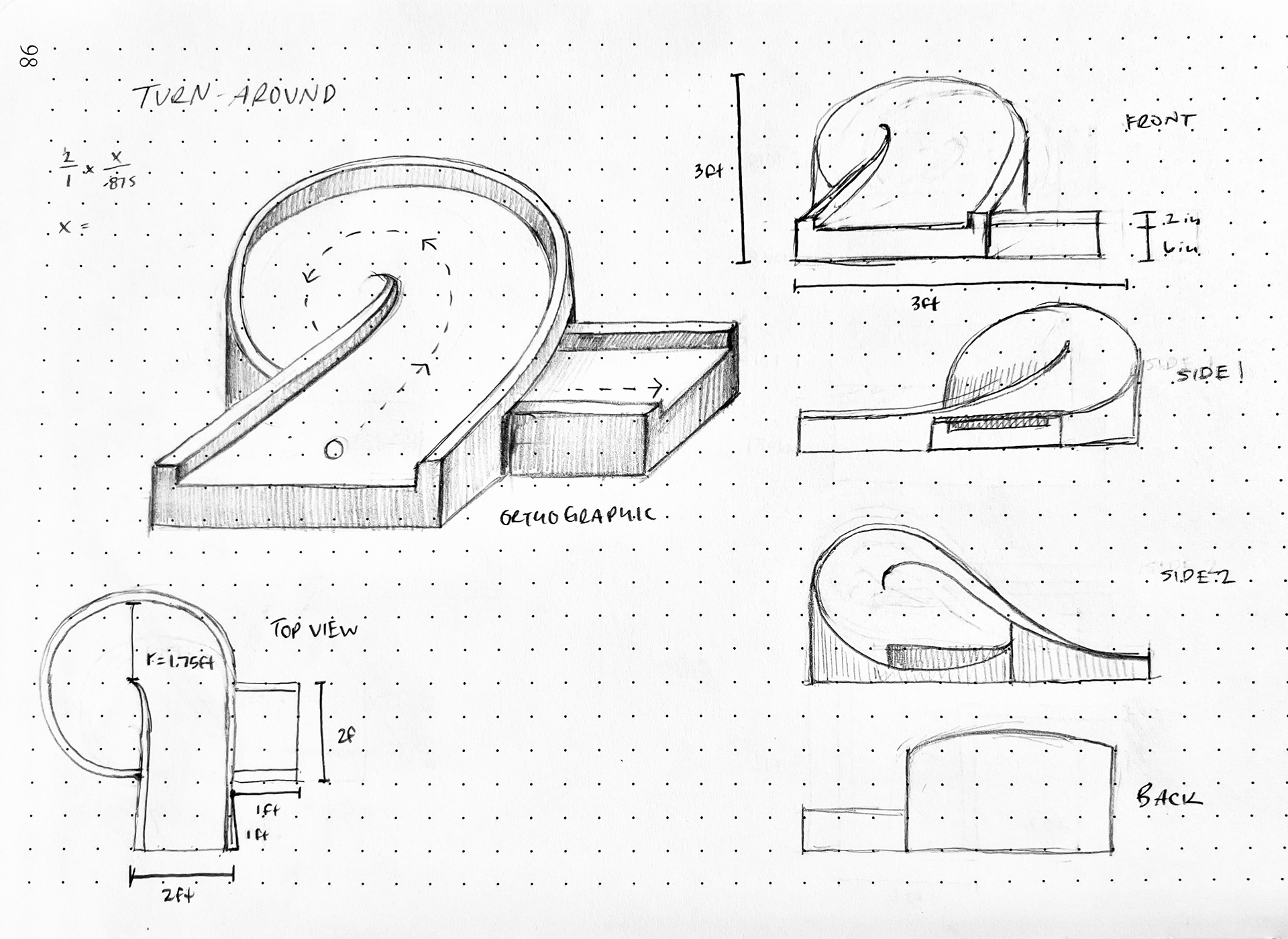

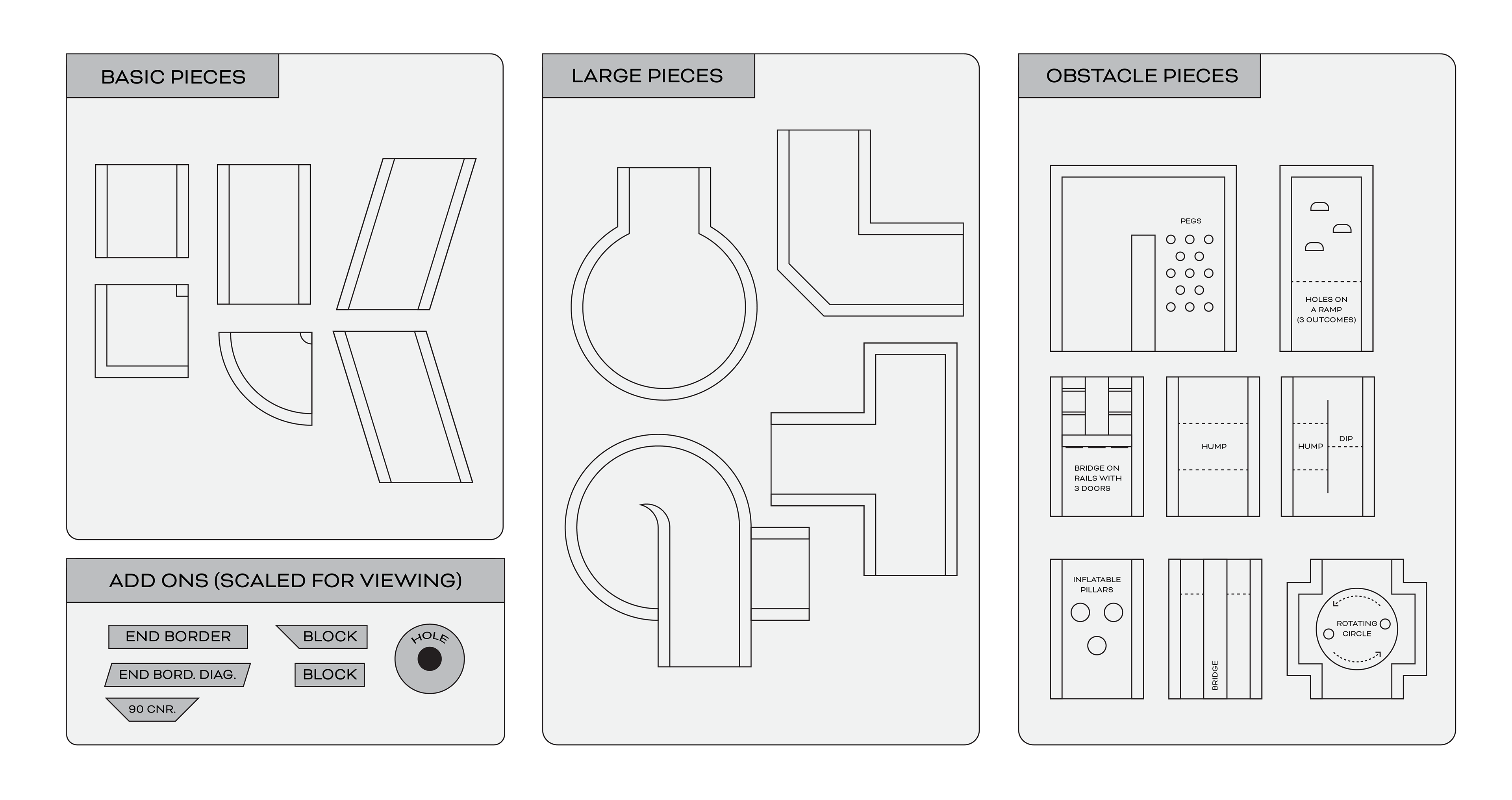
Top Down View of Pieces

Paper Prototype Closeup

Paper Prototype Scrambled
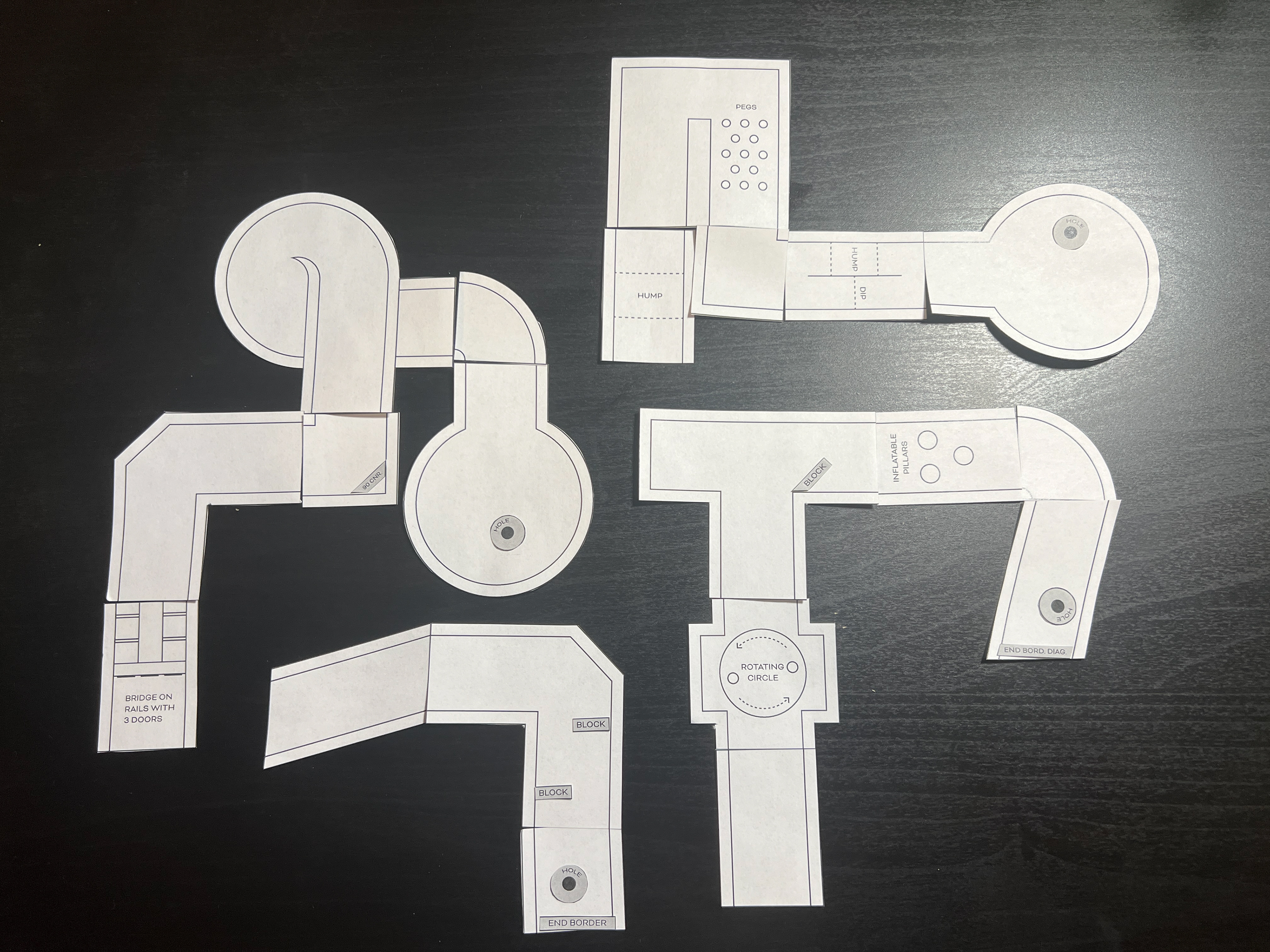
Paper Prototype Test
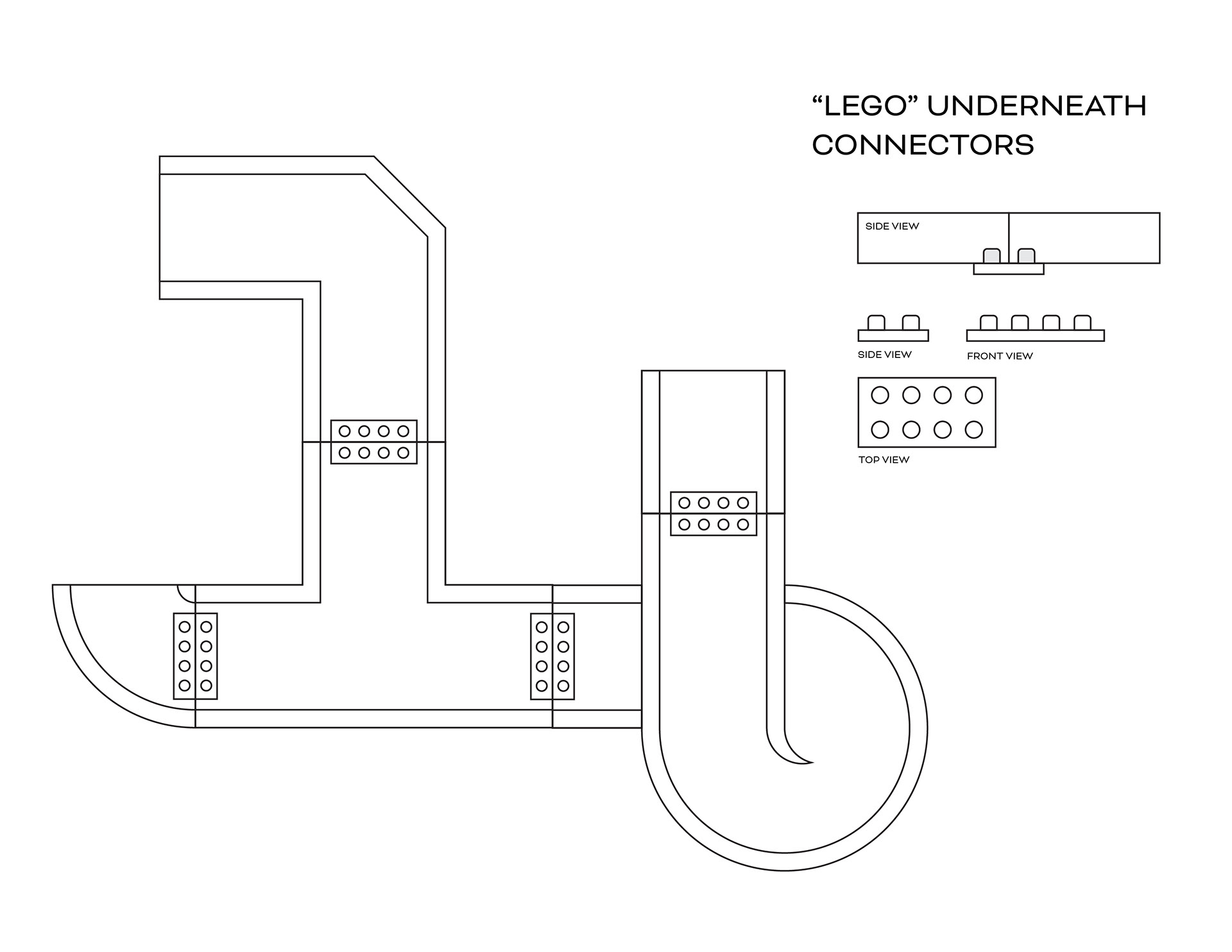
Connection Test 1

Connection Test 2

Connection Test 3
Below are the grayscale maps used for this semester's prototype. These were shared with my partner Diego Romero who used Houdini to take the input from the gray scale values and map that to height levels.
